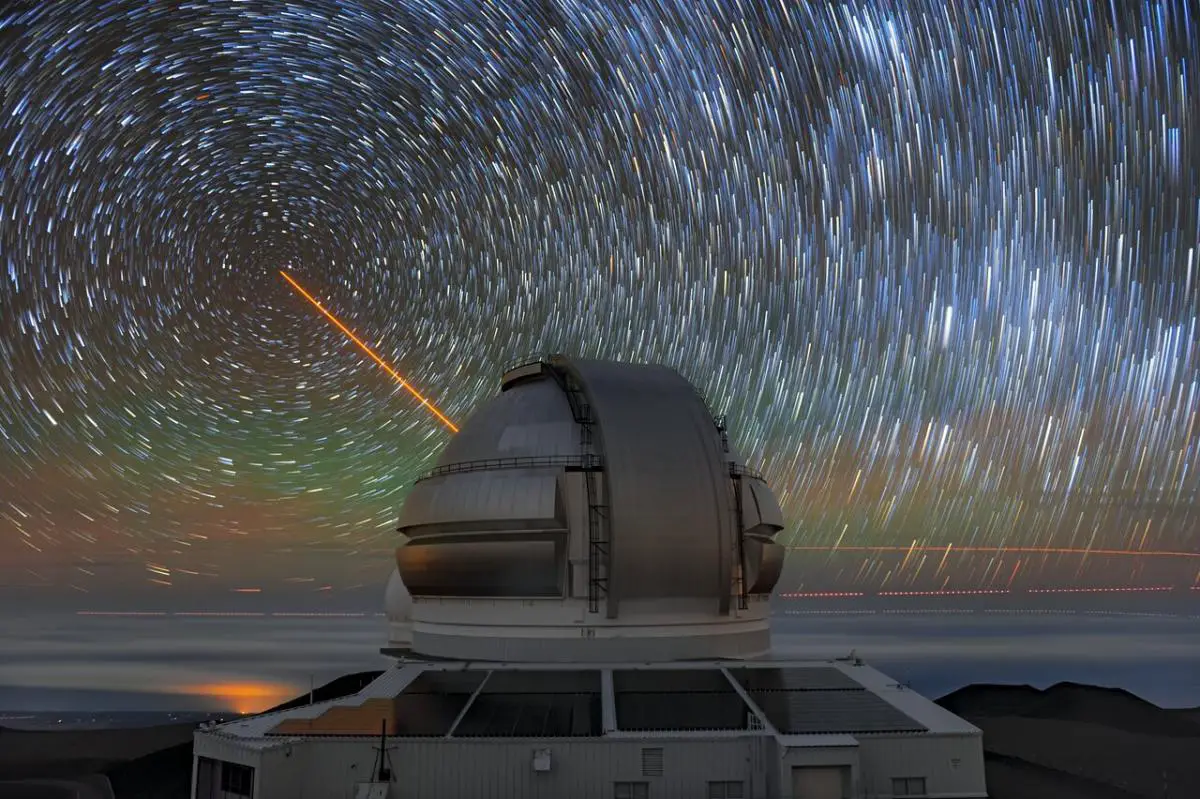A powerful telescope, perched above the clouds at some 13,800 feet, has snapped a brilliant view of distant galaxies.
Astronomers pointed the Gemini North telescope into deep space at the Perseus Cluster, capturing a “dazzling collection of galaxies in the central region of this enormous cluster.”
“Can you spot all the galaxies in this cosmic masterpiece?” the National Science Foundation’s NOIRLab — which runs big telescopes across the U.S. and globally —posted online.
SEE ALSO: NASA scientist viewed first Voyager images. What he saw gave him chills.
The over 8-meter (more than 26-foot) wide Gemini telescope, which NASA notes is one of the world’s most advanced optical/infrared telescopes, catches prodigious amounts of distant light, allowing for the detailed cosmic vista below.
At center is NGC 1270, a giant elliptical galaxy some 240 million light years beyond Earth. Such a galaxy is egg-shaped, and was likely formed by great collisions between spiral galaxies, such as what might occur between our Milky Way and Andromeda in billions of years. There are a wealth of spiral galaxies in this view, too, including the face-on galaxy in the left corner. Others are angled in different directions, showing us the side or edge of their disk, like a flying frisbee.
Similar to the Milky Way, each of these galaxies is likely contains hundreds of millions of stars, if not many more. And where there are stars, there are copious numbers of planets (except in the earliest galaxies). For instance, there are probably over a trillion exoplanets in our Milky Way galaxy alone.


The Gemini North Telescope captured a new view of the Perseus galaxy cluster hundreds of millions of light-years from Earth. Credit: International Gemini Observatory / NOIRLab / NSF / AURA / Image Processing: J. Miller & M. Rodriguez (International Gemini Observatory / NSF NOIRLab) / A. Rector (University of Alaska Anchorage / NSF NOIRLab) / M. Zamani (NSF NOIRLab). Acknowledgements: PI: Jisu Kang (Seoul National University)
The International Gemini Observatory, consisting of the Gemini North and South telescopes, has a special interest in detecting far-off worlds. The Gemini Planet Imager, an optical instrument for the telescopes, is designed to detect the extremely faint light from “exoplanets that are a millionth as bright as their host star,” the observatory says.
Gemini has directly imaged such distant worlds, and just this year Gemini North detected “rock-forming elements” on a strange and scorching Jupiter-sized planet. By finding these alien planets, astronomers will be able to better understand not just other solar systems, but improve the understanding of our own: Is our solar system, and its rocky planets, typical in the cosmos, or are we special?


Leave a Comment